What’s the Difference Between Meteors, Meteorites and Meteoroids?
Their difference is location. Meteoroids are up in the sky. Meteors fall to Earth and flash light breaking down in the atmosphere. Meteorites are on Earth.
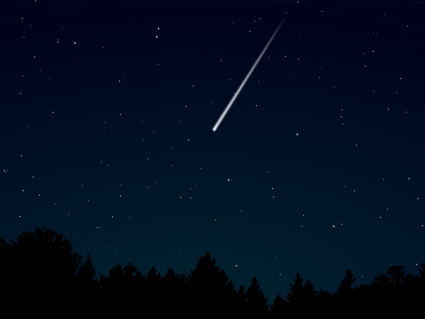
Their difference is location. Meteoroids are up in the sky. Meteors fall to Earth and flash light breaking down in the atmosphere. Meteorites are on Earth.
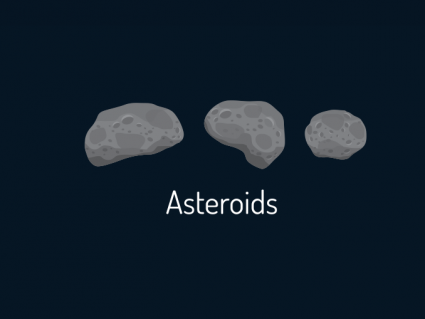
Asteroids are odd-shaped rocks made of metal and other elements. There are about 100,000 known asteroids mostly in the asteroid belt between Mars & Jupiter.
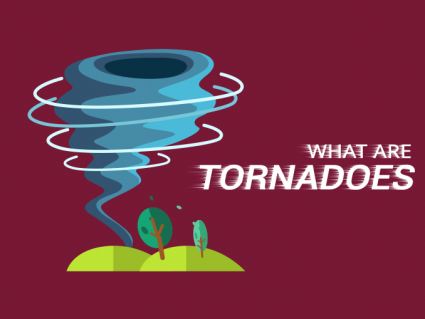
Tornadoes are some of the most powerful and destructive forces in nature causing catastrophic damage to homes and killing dozens of people.
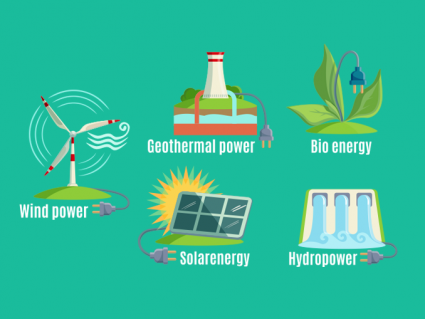
The world is rapidly transitioning towards a clean energy future. We can switch to alternative sources of energy to fuel our cars and homes.
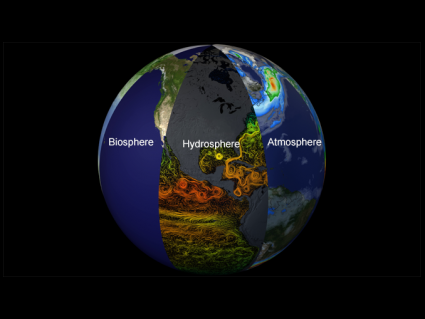
How many spheres of Earth exist on Earth? If you count them all, you would get about 17 of them. This is the definitive guide to all 17 spheres of Earth.
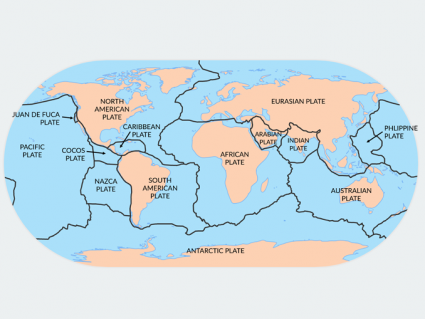
From large to small, the 7 major tectonic plates include the Pacific, North American, Eurasian, African, Antarctic, Indo-Australian and South American plate.
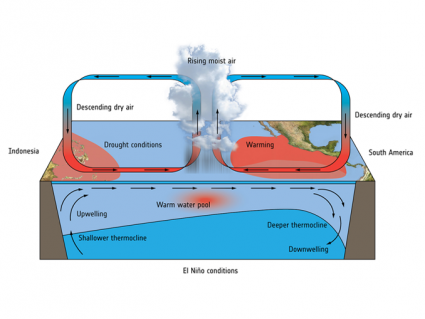
El Niño is the warming phase of the waters in the eastern Pacific. Then, La Niña is the cooling phase. Both phases disrupt weather patterns around the globe.
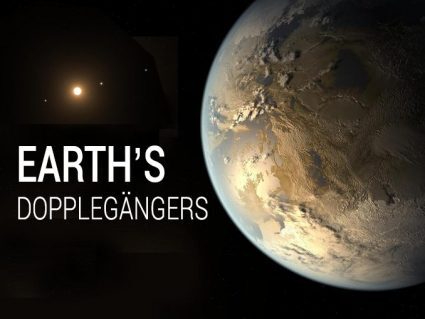
Today, you’re going to disover a whole list of Earth like planets. Like Kepler 62, Gliese-581c and Proxima Centauri b. These are Earth’s Doppelgängers.
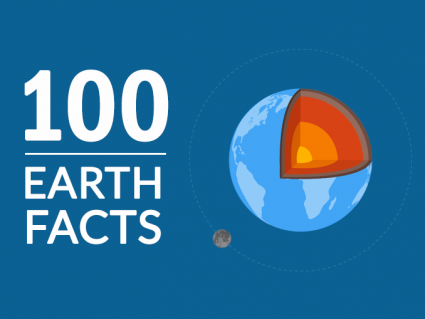
Earth needs no introduction. From its origin to its inevitable future, the story of Earth is greatest story ever told. Get started with this list of 100 Earth facts.
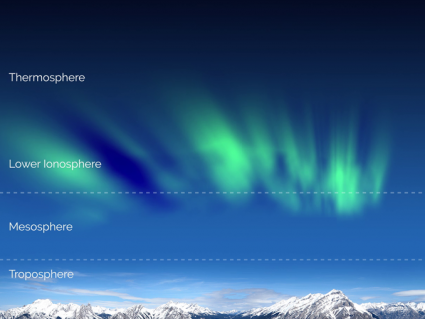
The troposphere is the lowest layer of the atmosphere. It starts at ground level and extends upwards to about 13 km. All weather occurs in the troposphere.
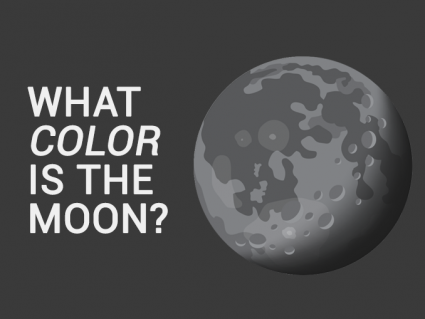
The color of the moon is mostly grey. And the lunar maria are dark grey. The 4 most dominant rocks are: mare basalts, breccia, anorthosite and regolith.
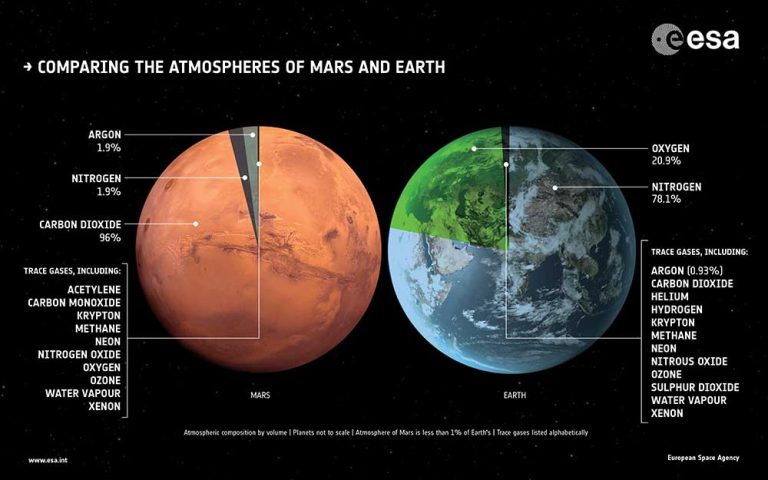
Carbon dioxide dominates Mars atmosphere. But Earth is rich in nitrogen and oxygen. Mars has a much thinner atmosphere. In fact, Earth is 100x denser.
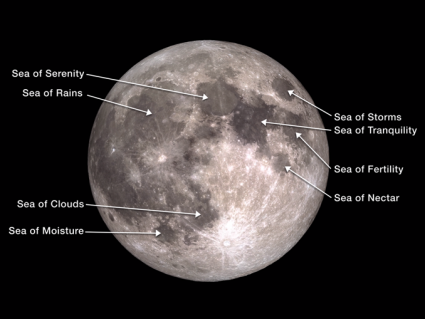
The dark areas on the moon are lunar maria which in Latin means “seas”. They’re called maria because early scientists believed they could see oceans there.
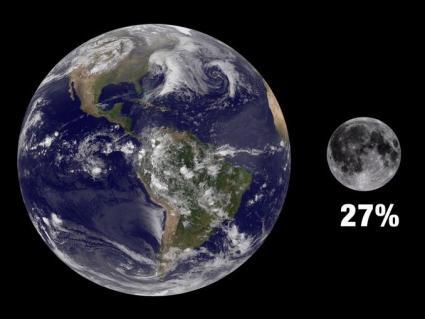
How big is the moon? It’s about 1/4 (27%) the size in diameter of Earth. Alternatively, you can think of the moon being about as wide as the United States.

How do we measure the distance between the Earth and the Moon? Astronomers use parallax, lunar eclipses, radar and laser ranging to measure lunar distance.